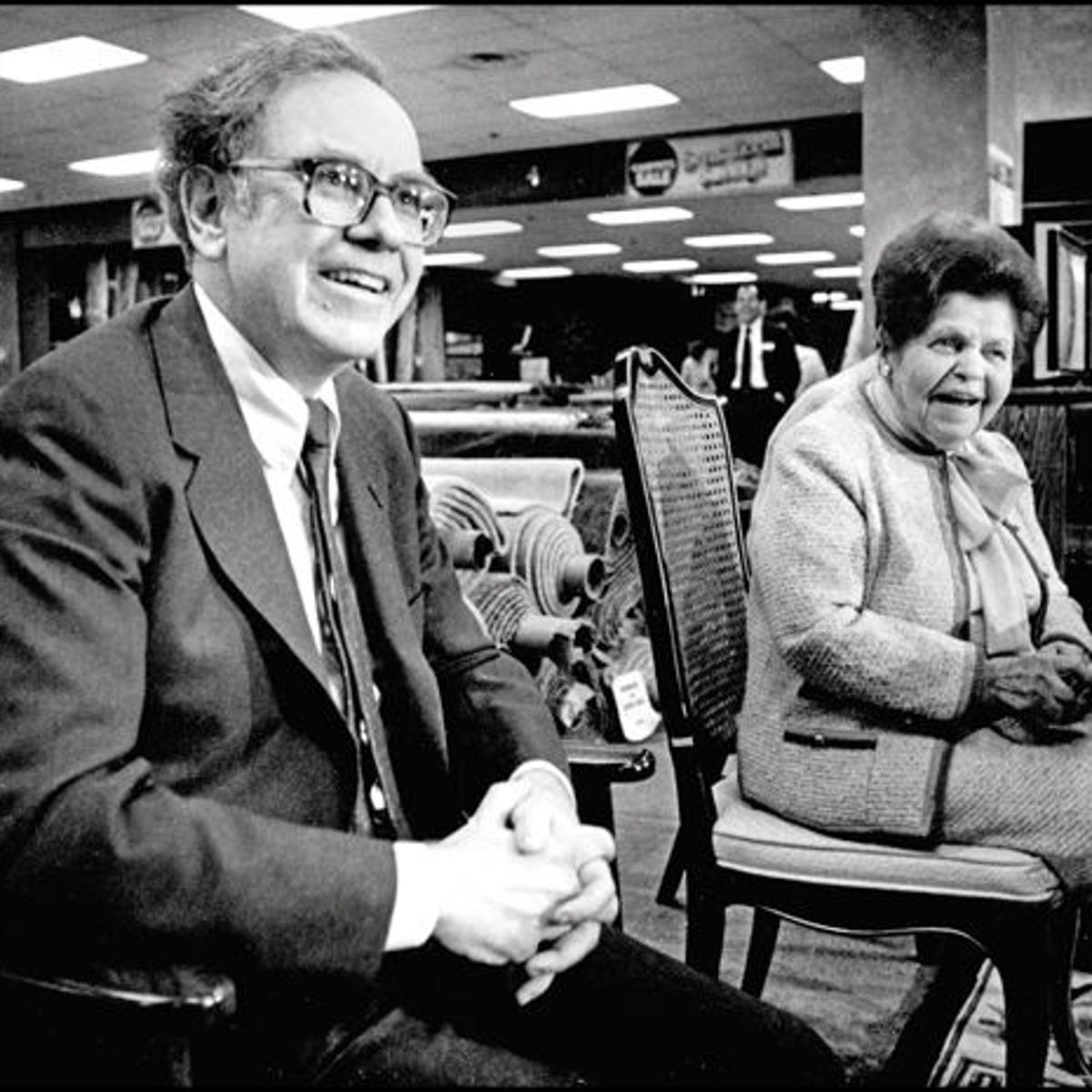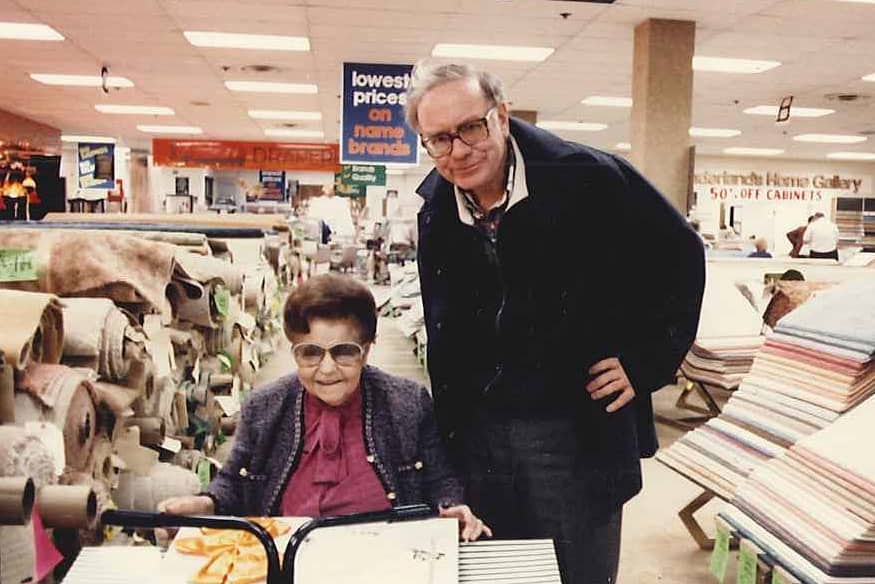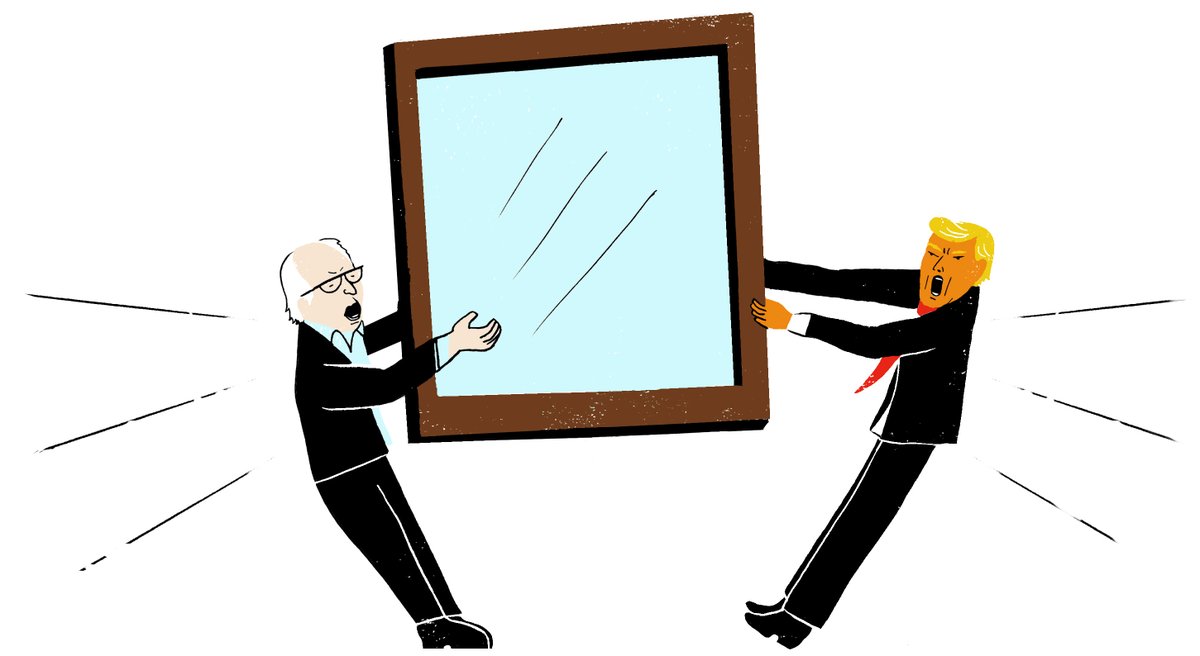
One entrepreneur was raised in a tiny log cabin in Russia but went on to build an empire in the United States.
Her amazing life is the embodiment of the American Dream.
Who's up for a story?
👇👇👇
Her amazing life is the embodiment of the American Dream.
Who's up for a story?
👇👇👇

1/ Rose Gorelick was born in December 1893 in a small village in present-day Belarus.
Rose and her seven siblings lived simply in a tiny log cabin home.
Both of her parents worked - her father as a Rabbi and her mother at a small store - but they struggled to make ends meet.
Rose and her seven siblings lived simply in a tiny log cabin home.
Both of her parents worked - her father as a Rabbi and her mother at a small store - but they struggled to make ends meet.
2/ To help the family get by, Rose began working in her mother's store starting at age 6.
She took to the work immediately.
By the time she was 16, she was a manager and had 6 men reporting to her.
This would be the humble start of a long and illustrious career in retail.
She took to the work immediately.
By the time she was 16, she was a manager and had 6 men reporting to her.
This would be the humble start of a long and illustrious career in retail.

3/ In 1913, Rose met a man named Isadore Blumkin, a local shoe salesman.
They fell in love and married. Rose Gorelick became Rose Blumkin, or Mrs. B, as she would famously come to be known years later.
They may have lived out a calm life in Russia, but fate had other plans.
They fell in love and married. Rose Gorelick became Rose Blumkin, or Mrs. B, as she would famously come to be known years later.
They may have lived out a calm life in Russia, but fate had other plans.

4/ Russia entered what would become World War I in July 1914.
To avoid being drafted into the Russian Army, Isadore Blumkin fled to the United States, leaving his young wife behind.
3 years later, Rose Blumkin sweet-talked a soldier at the Russian border and headed for America.
To avoid being drafted into the Russian Army, Isadore Blumkin fled to the United States, leaving his young wife behind.
3 years later, Rose Blumkin sweet-talked a soldier at the Russian border and headed for America.
5/ They reconnected in Iowa, but soon after moved to Omaha, Nebraska.
Little did they know that Rose "Mrs. B" Blumkin would become a legend synonymous with the city in the years to come.
When Mr. Blumkin opened a small clothing store, Rose was by his side, shaping its strategy.
Little did they know that Rose "Mrs. B" Blumkin would become a legend synonymous with the city in the years to come.
When Mr. Blumkin opened a small clothing store, Rose was by his side, shaping its strategy.
6/ But in 1937, near the end of the Great Depression, Rose Blumkin decided it was time to go into business for herself.
She borrowed $500 from a brother and opened Nebraska Furniture Mart.
Her model: undercut the competition and offer the absolute best prices to the customer.
She borrowed $500 from a brother and opened Nebraska Furniture Mart.
Her model: undercut the competition and offer the absolute best prices to the customer.

7/ The strategy slowly won over customers.
Unsurprisingly, it did not make Rose many friends among her competitors.
Many banded together, leveraging their collective influence on the major furniture suppliers to force them to stop selling to Nebraska Furniture Mart.
Unsurprisingly, it did not make Rose many friends among her competitors.
Many banded together, leveraging their collective influence on the major furniture suppliers to force them to stop selling to Nebraska Furniture Mart.
8/ But the diminutive (she stood just 4'10") Mrs. B was a fighter.
She managed to stay afloat, at one point selling every appliance and piece of furniture in their home. She drove to out-of-state suppliers to get product for her store.
Mrs. B stuck to her customer-first mantra.
She managed to stay afloat, at one point selling every appliance and piece of furniture in their home. She drove to out-of-state suppliers to get product for her store.
Mrs. B stuck to her customer-first mantra.
9/ Saddled with Fair Trade lawsuits from her competitors due to her pricing strategy, she used them to her advantage.
She took out ads in newspapers citing the lawsuits as proof of Nebraska Furniture Mart's rock bottom prices.
It was a growth hack before growth hacking!
She took out ads in newspapers citing the lawsuits as proof of Nebraska Furniture Mart's rock bottom prices.
It was a growth hack before growth hacking!
10/ From there, it was off to the races.
With her customer-centric model, Mrs. B slowly, methodically crushed the competition. By the 1980s, she had built the largest furniture retailer in the country.
The growth then drew the attention of another Omaha legend - Warren Buffett.
With her customer-centric model, Mrs. B slowly, methodically crushed the competition. By the 1980s, she had built the largest furniture retailer in the country.
The growth then drew the attention of another Omaha legend - Warren Buffett.

11/ In 1983, Buffett's Berkshire Hathaway struck a deal with Rose Blumkin to acquire Nebraska Furniture Mart for $60 million ($157 million today).
The entire deal was done on one page and a handshake.
With her relentless work ethic, Mrs. B had taken $500 and built an empire.
The entire deal was done on one page and a handshake.
With her relentless work ethic, Mrs. B had taken $500 and built an empire.

12/ In the years that followed, Mrs. B would reluctantly retire in 1989 at age 95, but then change her mind and start a competitive furniture outlet across the street.
Buffett was forced to acquire her new business in 1992, not wanting to compete against the legendary operator.
Buffett was forced to acquire her new business in 1992, not wanting to compete against the legendary operator.
13/ He later joked that he shouldn't have allowed her to retire without a non-compete agreement.
Rose "Mrs. B" Blumkin passed away in 1998 at the age of 104.
Up until her final days, she could be found buzzing around the floor of her stores, helping her customers.
Rose "Mrs. B" Blumkin passed away in 1998 at the age of 104.
Up until her final days, she could be found buzzing around the floor of her stores, helping her customers.

14/ Today, Nebraska Furniture Mart is believed to be worth over $1 billion.
Warren Buffett remains a great fan of Rose "Mrs. B" Blumkin.
In the 2013 Berkshire Hathaway shareholder letter, he stated, "If [aspiring managers] absorb Mrs. B's lessons, they need none from me."
Warren Buffett remains a great fan of Rose "Mrs. B" Blumkin.
In the 2013 Berkshire Hathaway shareholder letter, he stated, "If [aspiring managers] absorb Mrs. B's lessons, they need none from me."

15/ So that was the amazing story of Rose Blumkin - the legendary Mrs. B. - a shining example of the American Dream.
For more on her story, check out the links below:
nytimes.com/1998/08/13/bus…
businessinsider.com/warren-buffett…
upi.com/Archives/1984/…
For more on her story, check out the links below:
nytimes.com/1998/08/13/bus…
businessinsider.com/warren-buffett…
upi.com/Archives/1984/…
16/ And for more educational threads on business, money, finance, and economics, check out my meta-thread below. Turn on post notifications so you never miss a thread!
https://twitter.com/SahilBloom/status/1284583099775324161?s=20
• • •
Missing some Tweet in this thread? You can try to
force a refresh












